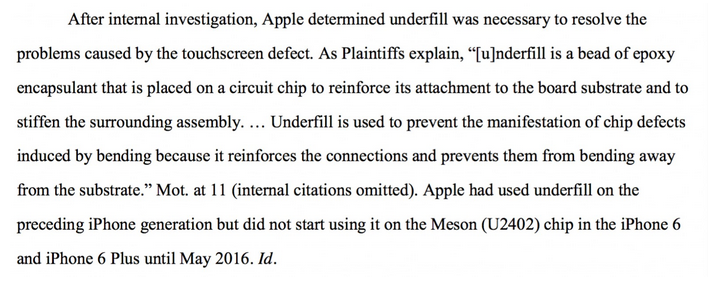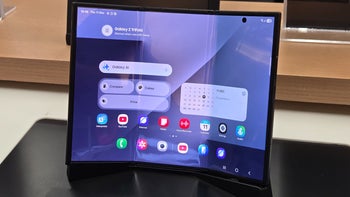Judge Koh releases documents that show Apple knew the iPhone 6/6 Plus would bend

Remember #Bendgate? Back in September 2014, just days after the launch of the Apple iPhone 6 and Apple iPhone 6 Plus, several owners of the latter model complained that the handset would bend if carried for too long in a front pocket. Soon it became apparent that both models were predisposed to bending. Apple responded to this by calling the bending "extremely rare," claiming that it tested the two phones using "3-point bending, pressure point cycling, sit, torsion & user studies." At the time, Apple said that only nine customers had complained that their new iPhone models had bent.

Internal court documents recently unsealed reveal that Apple knew that its 2014 models were more susceptible to bending
Some see a connection between the bending and the so-called "Touch Disease" that made the touchscreen on several iPhone 6 and iPhone 6 Plus units unresponsive. The screens also would display a flickering gray horizontal bar at the top of the screen. Apple blamed it on phones that were dropped multiple times on a hard surface. The company said that there were no engineering issues with the two phones, but in May 2016 it started to reinforce the part of the logic board related to "Touch Disease."

The bending, and Apple's decision not to use an epoxy found on all previous iPhone models, apparently led to Touch Disease
After a class action suit was filed against Apple over "Touch Disease," the company announced that it would treat the disease with a repair for $149. While Apple admitted that the issue was real, they maintained that it was the result of drops on a hard surface.
The wheels of justice move slowly. Earlier this month, Judge Koh denied the plaintiff's request for class action certification. Koh said that the plaintiff's did not have a system in place for distributing any damages awarded to members of the class. The plaintiffs say that they will appeal Koh's decision or request that she reconsider her ruling.
Meanwhile, the court documents clearly show that Apple had an inkling that the iPhone 6 and iPhone 6 Plus were more likely to bend than any other phone the company ever released. And another document revealed that an epoxy used by the company on all of its previous models were not used on its 2014 phones. That could lead to a chip losing its contact with the circuit board it was attached to, due to bending. And a loose chip was one of the theories that independent phone technicians came up with to explain "Touch Disease."
To prevent this from happening the next year, Apple used Series 7000 aluminum, the same type used in the production of aircraft, for the Apple iPhone 6s and Apple iPhone 6s Plus chassis. And it has continued to use the material to reinforce the latest iPhone models launched every year since.
Follow us on Google News












Things that are NOT allowed:
To help keep our community safe and free from spam, we apply temporary limits to newly created accounts: